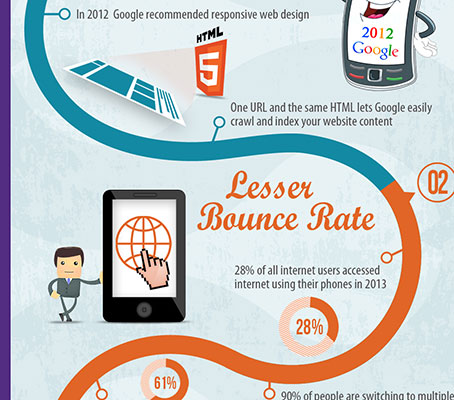Necessary Website Design Tips: How To Build A Site That Prioritizes Individual Experience
Necessary Website Design Tips: How To Build A Site That Prioritizes Individual Experience
Blog Article
Article Writer-Christophersen Gammelgaard
When it involves web site style, making certain user-friendliness is essential. From responsive layout to streamlined navigating, every element plays a vital function in developing a website that deals with your audience's requirements. However what concerning the finer information that can make or break an individual's browsing experience? Stay tuned as we discover some often-overlooked tips that can elevate your web site's usability to the following degree, making it truly stand out in the electronic landscape.
Importance of Responsive Layout
Responsive layout is a critical element of contemporary web site growth. Guaranteeing your internet site is receptive means that it can adapt to various screen sizes and devices, offering a smooth experience for customers.
With the increasing use smartphones and tablet computers to access the net, having a responsive layout is vital for reaching a bigger target market. It helps in boosting customer experience by making your web site simple to navigate and read on any device.
Additionally, responsive style can positively affect your internet search engine positions, as internet search engine like Google prioritize mobile-friendly web sites. By having pop over to this site , you're likewise future-proofing your web site, as brand-new gadgets with differing screen dimensions remain to arise.
Simplify Navigating Framework
To improve customer experience and help with easy accessibility to details on your web site, streamlining the navigating framework is extremely important. When making your site, concentrate on creating a clear and user-friendly navigation menu that helps site visitors discover what they're trying to find swiftly.
Limit the number of menu things to the fundamentals, organizing related pages with each other to stay clear of overwhelming users. Usage detailed tags that clearly indicate the content of each page, making it much easier for users to recognize where each web link will take them.
Consider executing dropdown menus for subcategories to avoid cluttering the major navigating bar. Furthermore, include a search bar plainly on the page for users who prefer searching for particular info.
Prioritize mobile responsiveness in your navigating design to guarantee easy accessibility on all devices.
Maximize Web Page Lots Rate
Improving page load rate is vital for keeping site visitors on your internet site. Slow-loading web pages discourage customers and can result in high bounce prices. To maximize page load rate, begin by optimizing pictures. Press images without endangering high quality to lower their documents dimensions.
In https://www.inc.com/shama-hyder/digital-marketing-in-age-of-privacy.html , make it possible for web browser caching to keep frequently accessed resources locally, quickening lots times for returning visitors. Minify CSS, JavaScript, and HTML documents by removing unneeded personalities, remarks, and formatting, improving tons speed.
Take into consideration using a content shipment network (CDN) to disperse your internet site's content throughout multiple servers worldwide, minimizing latency for customers accessing your website from various areas. Last but not least, limit the use of third-party scripts and plugins, as they can substantially influence load times.
Conclusion
In conclusion, by including responsive style, streamlining navigating, and maximizing page load rate, you can produce an user-friendly internet site that interest a wider audience and improves customer experience. These essential elements guarantee that site visitors can quickly accessibility and navigate your site throughout different devices, causing increased engagement and satisfaction. By concentrating on these vital elements, you can develop an effective web site that keeps individuals coming back for more.
